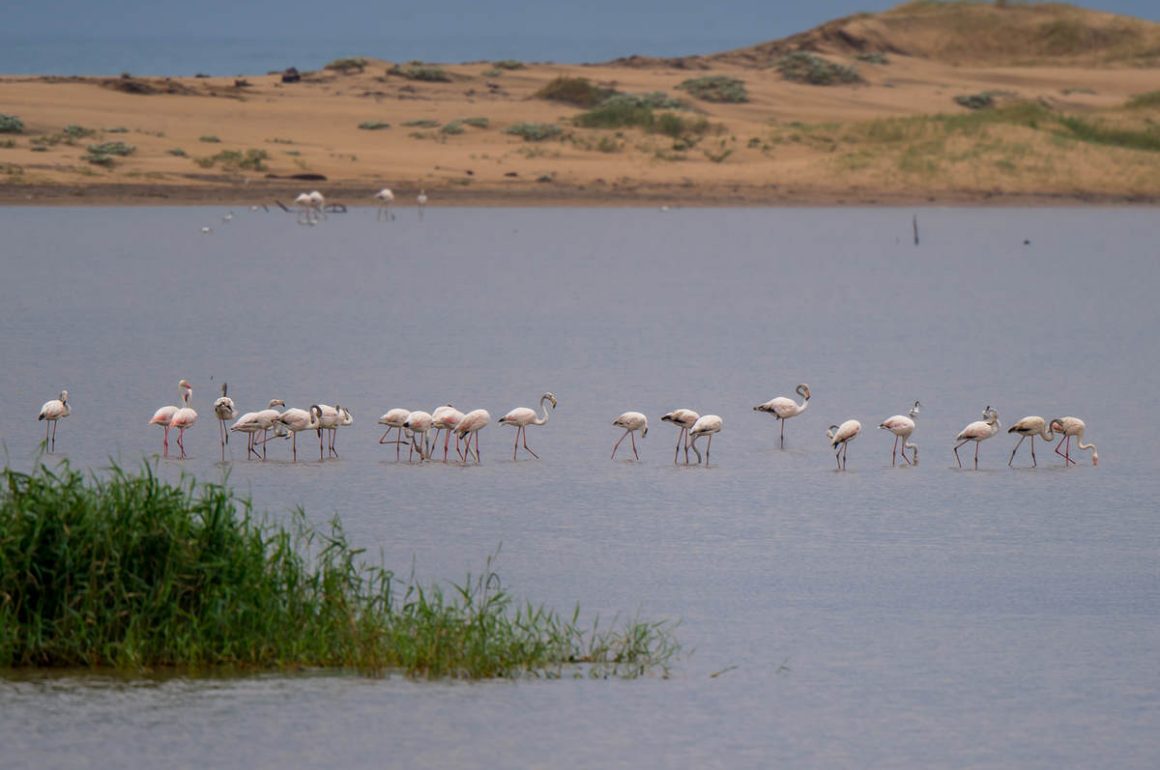
St Lucia is a small town on the Southeastern coast of South Africa. It seems to consist mainly of hotels and restaurants, as the local economy depends on visitors to the iSimangaliso Wetland Park. They mostly come to see the hippopotamuses and Nile crocodiles living in and near the Saint Lucia Estuary. Not as interesting as birds, but easier to get photos of – see a few at the end of this post, just put there in an uncaring way as I really went to St. Lucia for the birds.
I sometimes wonder why green birds are relatively rare. As this African Green Pigeon shows, the color should offer good camouflage for species living on trees.
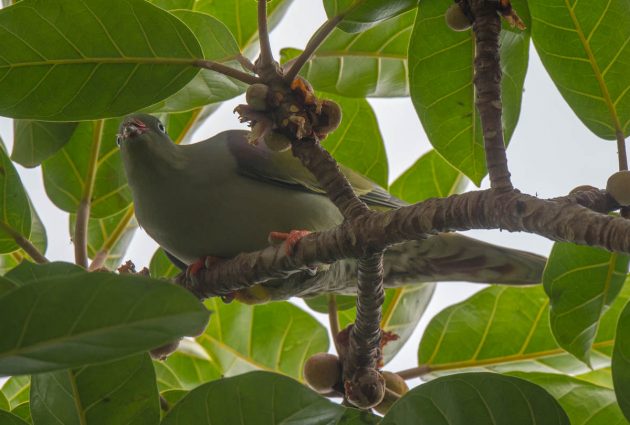
A plausible explanation can be found here. Apparently, on the one hand, the color seems to be a bit hard to achieve as it requires combining yellow carotenoid pigments with blue refraction. On the other hand, “at the same time birds want to blend in, they also want to stand out. Bright colors are a tool in attracting a mate and warding off rivals”.
Fire and brimstone are the traditional punishments in the Christian hell – might not be too bad for a chemist like me as brimstone is simply an archaic word for the chemical element sulfur (though when burning, it smells rather unpleasantly). In case you do not know that brimstone is sulfur, the Brimstone Canary brings the point home by having the Latin species name sulphurata.
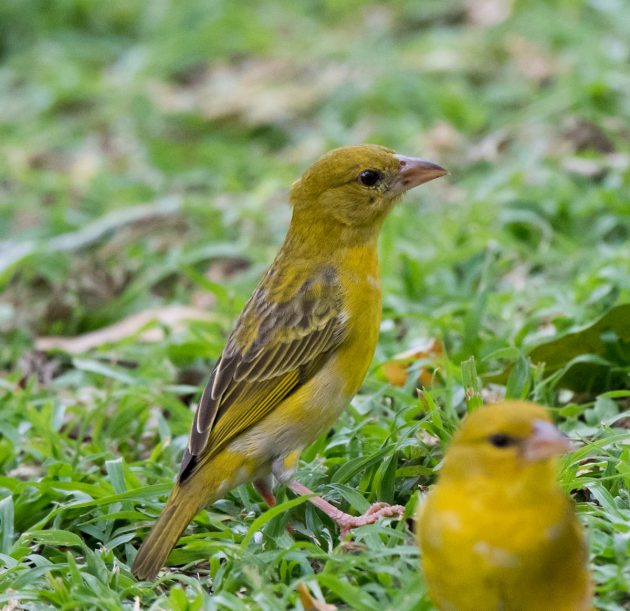
The Latin name of the Dark-backed Weaver also relates to its color, though in a much less specific way – Ploceus bicolor.
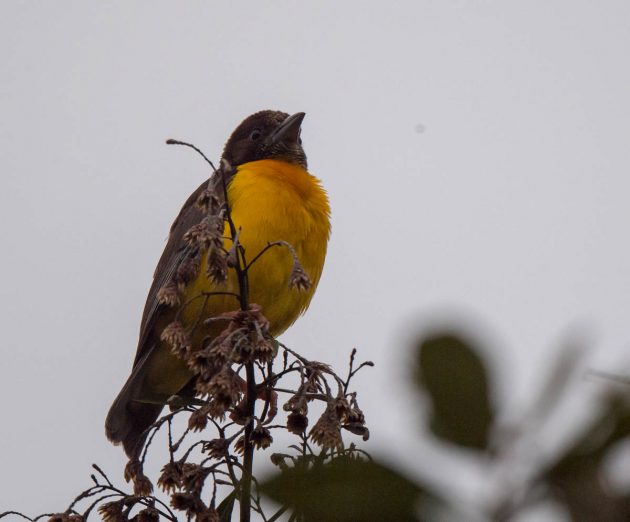
One of the most interesting aspects of watching birds in Africa is to see different members of bird families that I already know from China. Examples are this Bronze Mannikin (a Munia) …
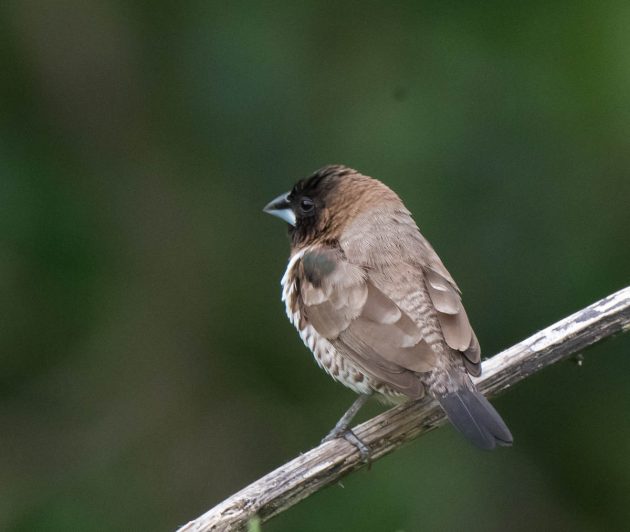
… this African Pied Wagtail …
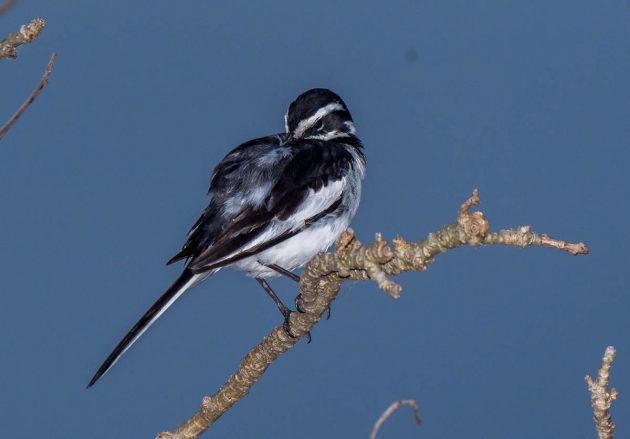
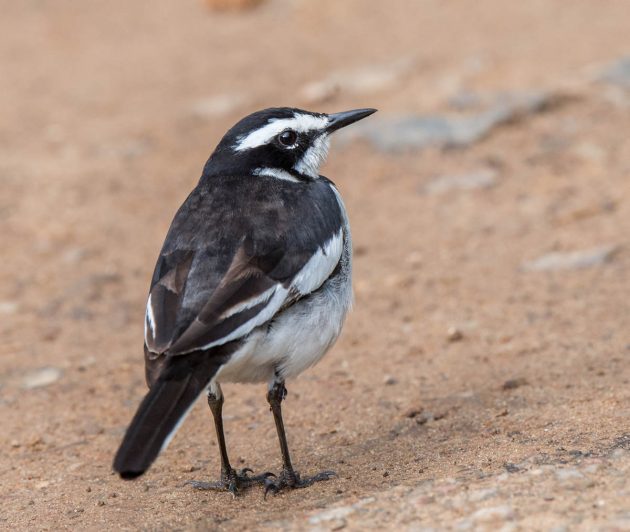
… or Burchill’s Coucal.
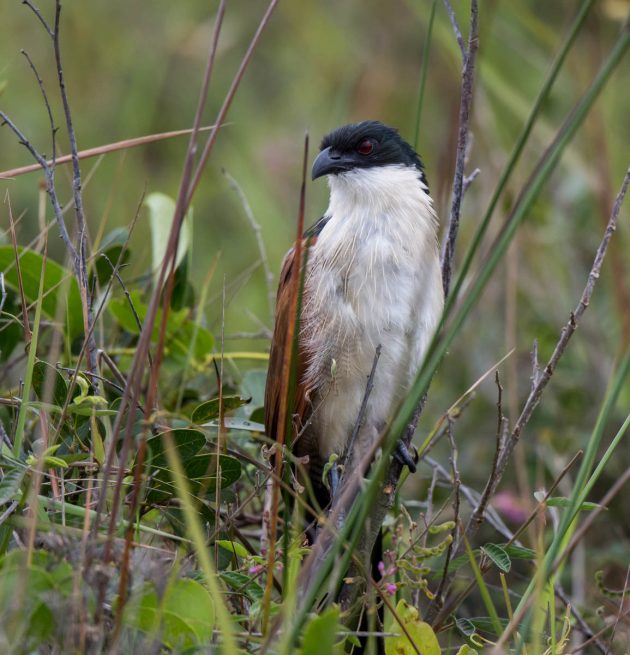
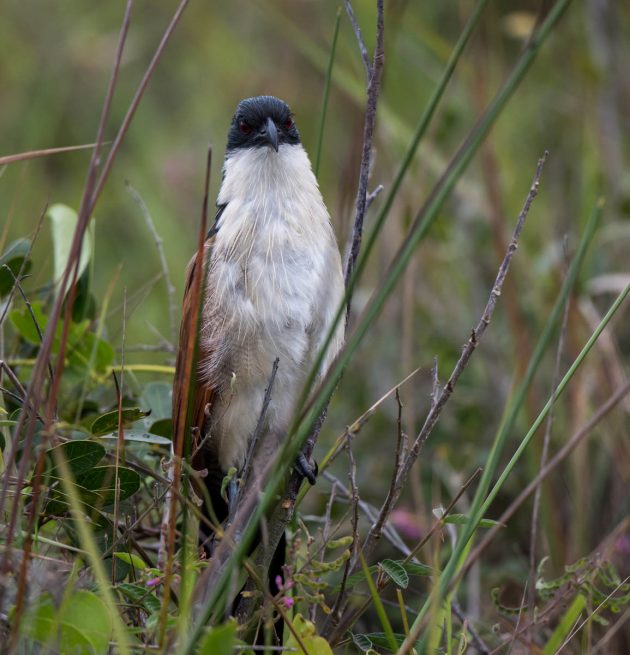
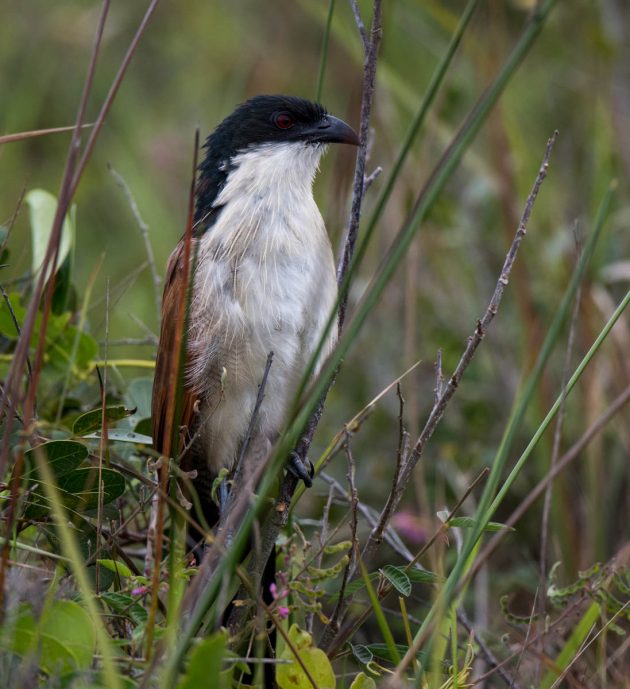
An information for those Indian readers of the blog who only know “Kingfisher” as a brand of beer: It is also a bird family. The Brown-hooded Kingfisher is one of them.
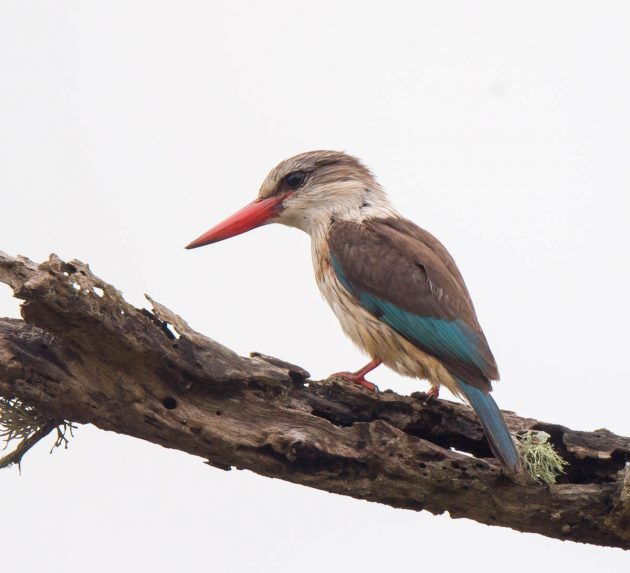
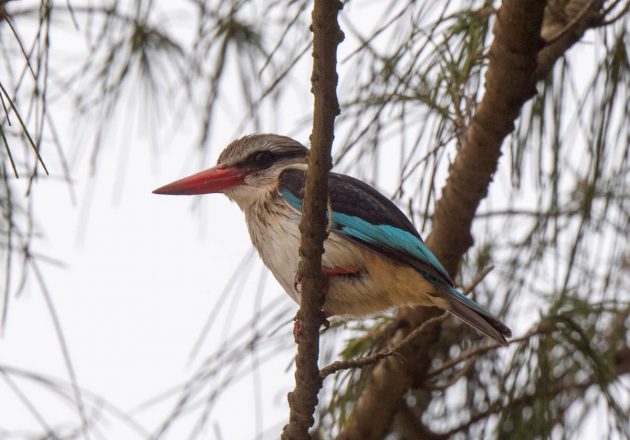
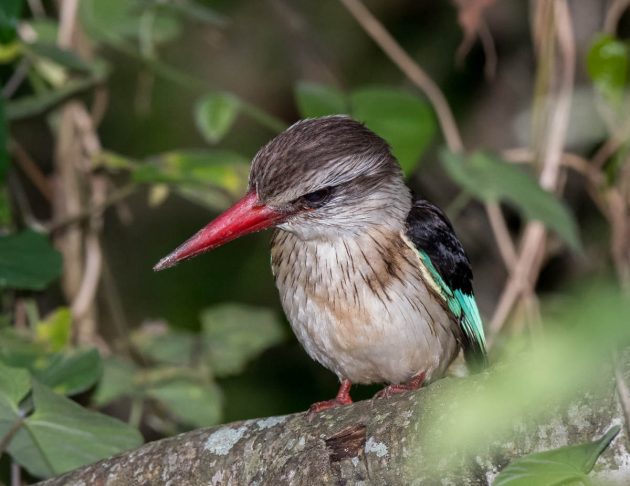
I would be the first one to admit I am not very good at identifying birds based on plumage differences. So, if I saw this Brown Scrub-Robin in China, I would probably quite easily mistake it for a Forest Wagtail. Different bird families, I know.
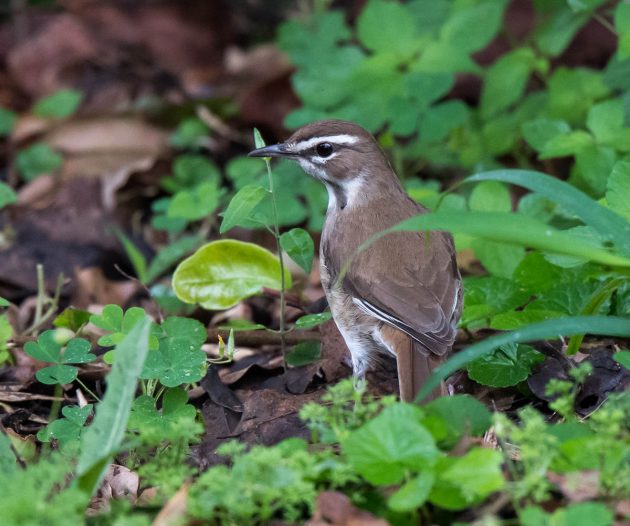
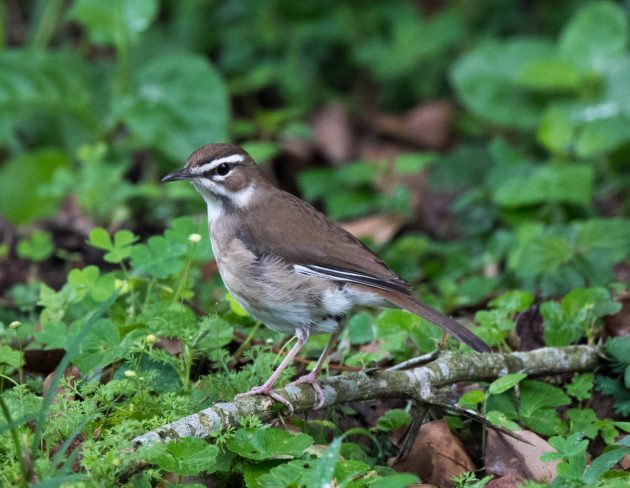
If you take a close look at these Crested Guineafowls, particularly their head, you will have to agree that they have great potential as cartoon birds.
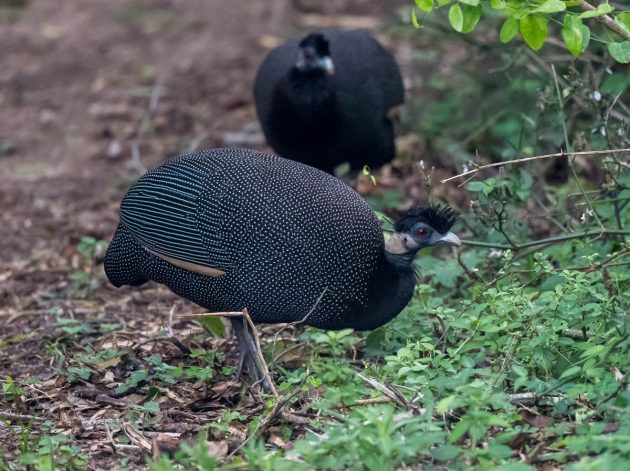
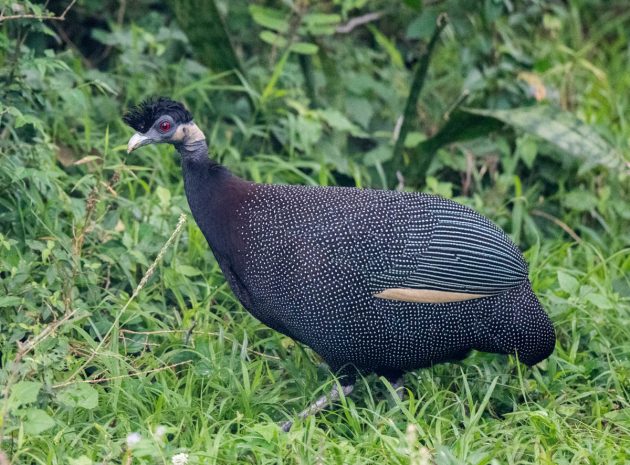
For some reason, these Greater Flamingoes in the St. Lucia estuary look like the negative of photo of camels in sand dunes.
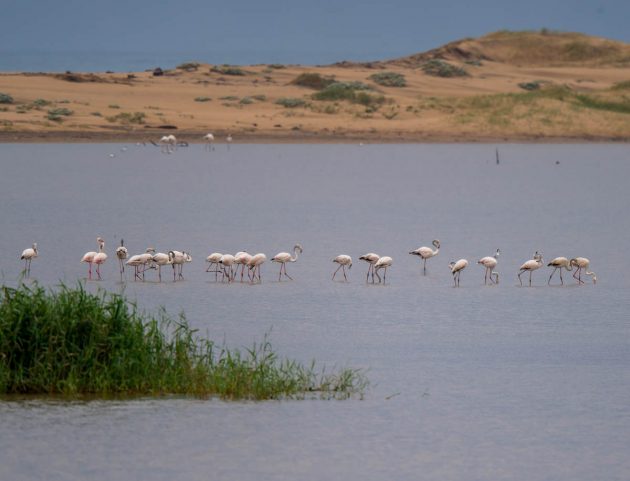
The Grey-headed Gull has the typical facial expression we are familiar with from gulls and second-hand car dealers.
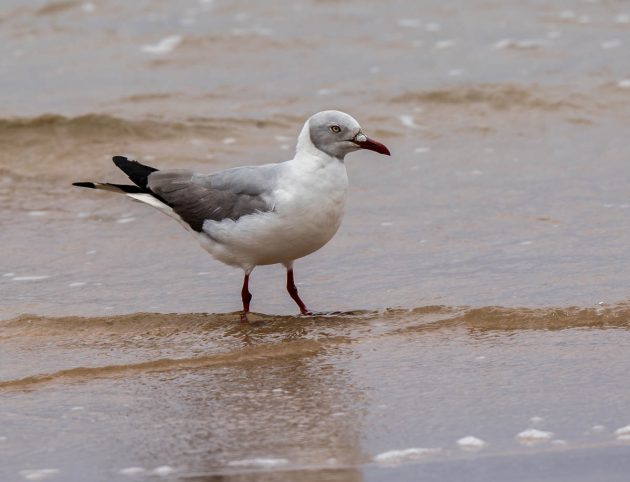
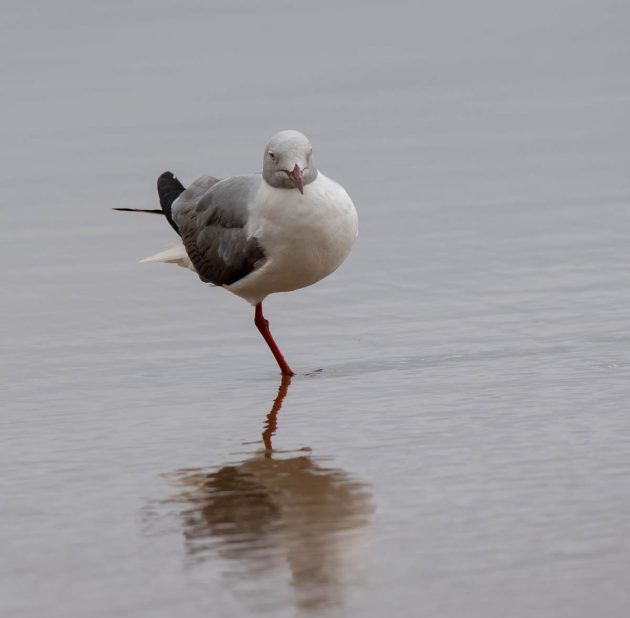
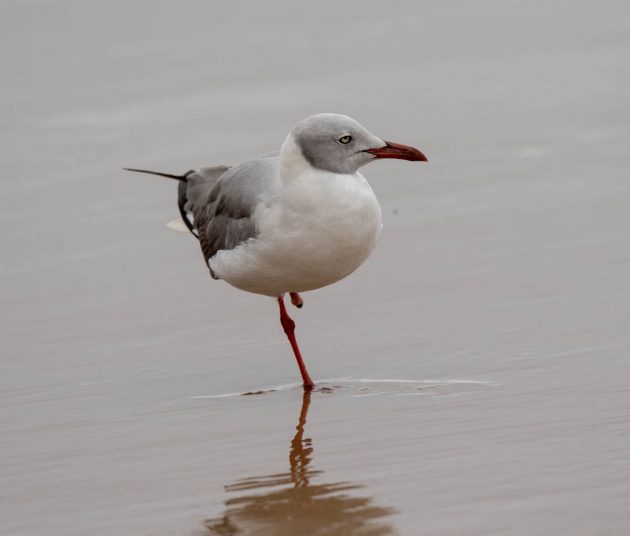
Kittlitz’s Plover is named after Friedrich Heinrich, Freiherr von Kittlitz (1799-1874), a Prussian artist, explorer and naturalist. Apparently, while in Egypt waiting for a boat to return to Germany he collected specimens of the bird which is now named after him. Never happens to me when I am waiting for a bus.
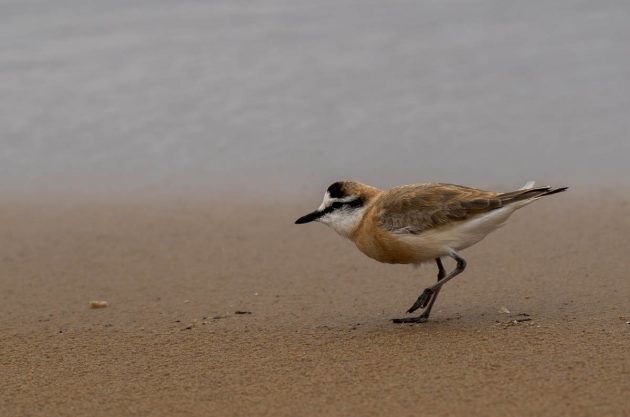
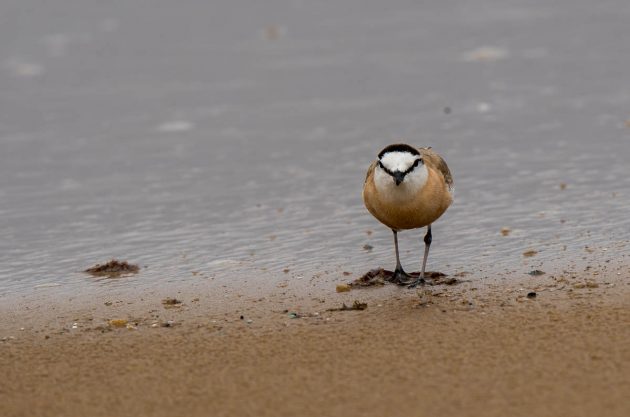

This Lesser Masked Weaver dreams of a future in which – after hard work and achieving most if not all of its key performance parameters – it gets promoted to Greater Masked Weaver. I did not have the heart to tell the bird that the Greater Masked Weaver does not exist.
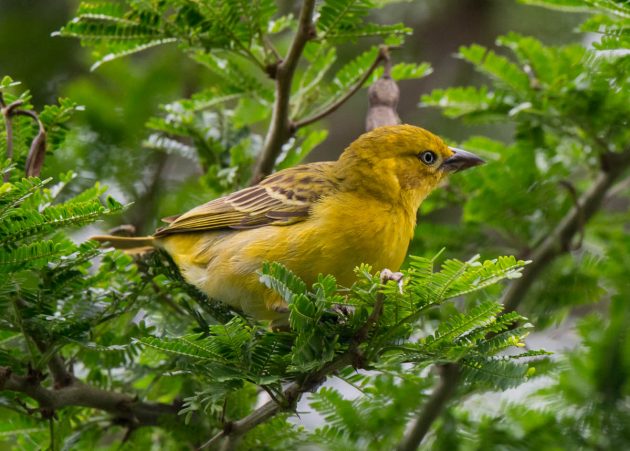
“Livingstone’s Turaco, I presume?”
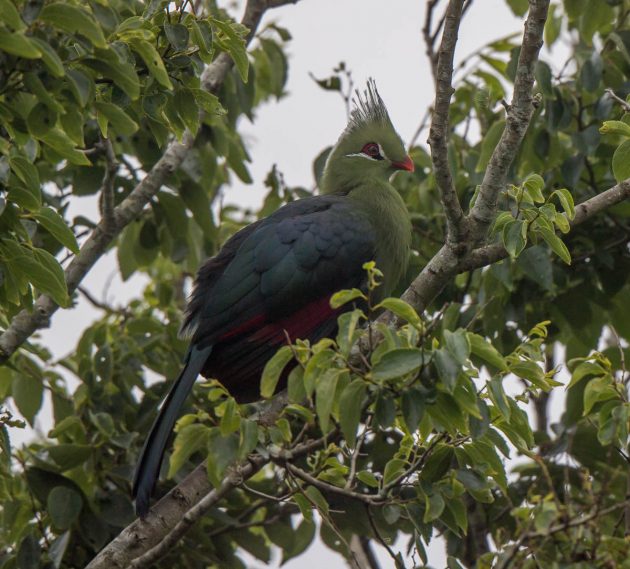
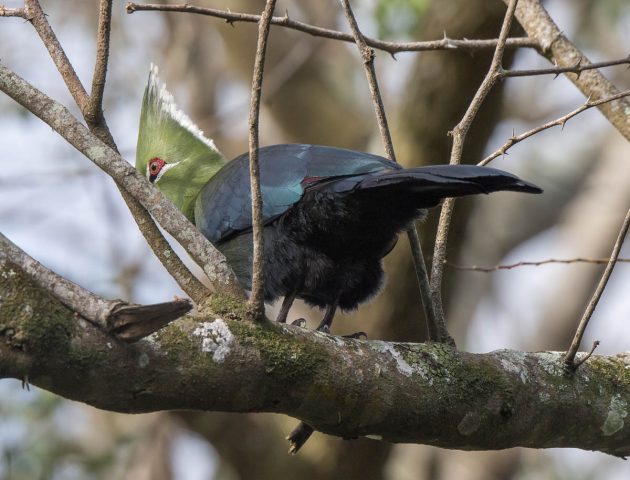
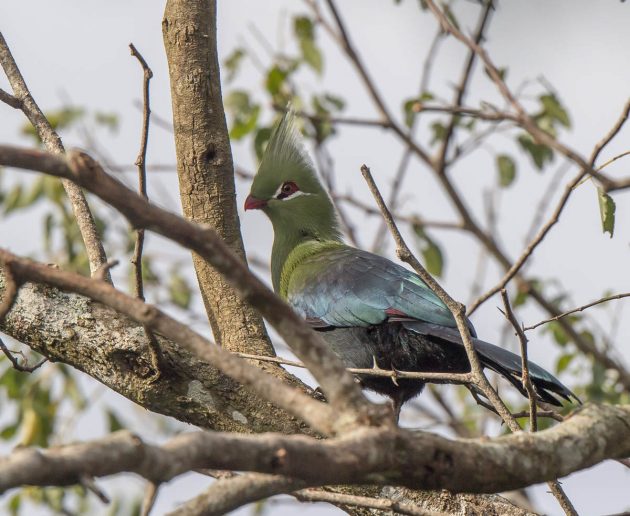
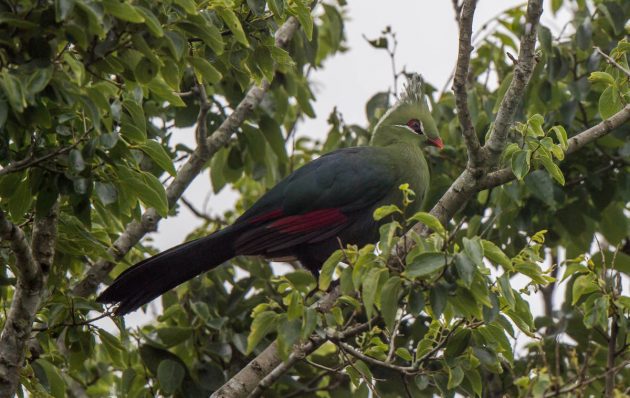
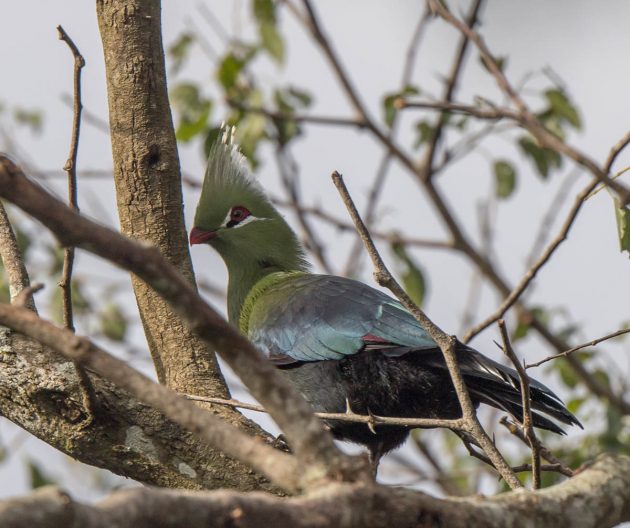
The Narina Trogon is one of only 3 African Trogon species, and while it is quite widely distributed in Africa, St Lucia seems to be a particularly good place to see it.
As for the name Narina, apparently, the French ornithologist Levaillant (who first described the species) had a Khoikhoi mistress whose name he could not pronounce and whom he therefore named Narina (flower in the Khoikhoi language). Not sure any of this is true but at least be assured that it was not made up by me, unlike some of my previous explanations for bird names.
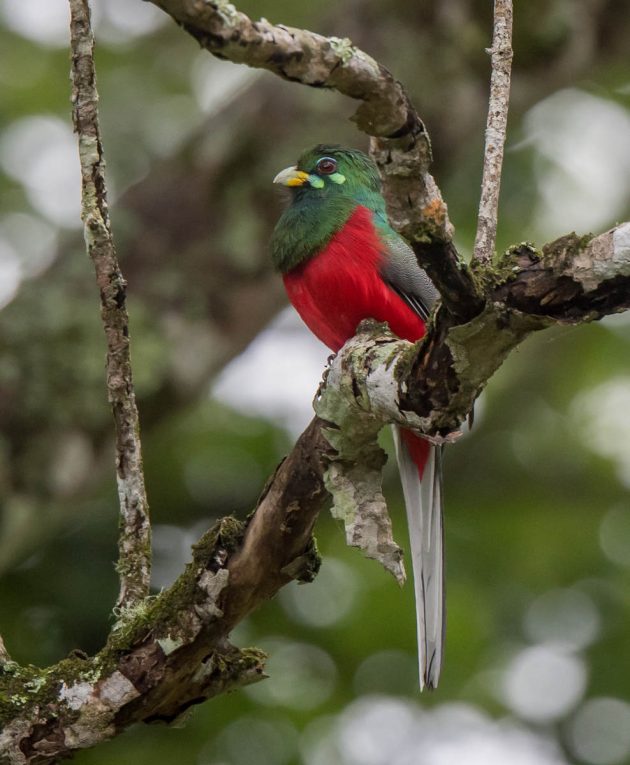
This is a male …
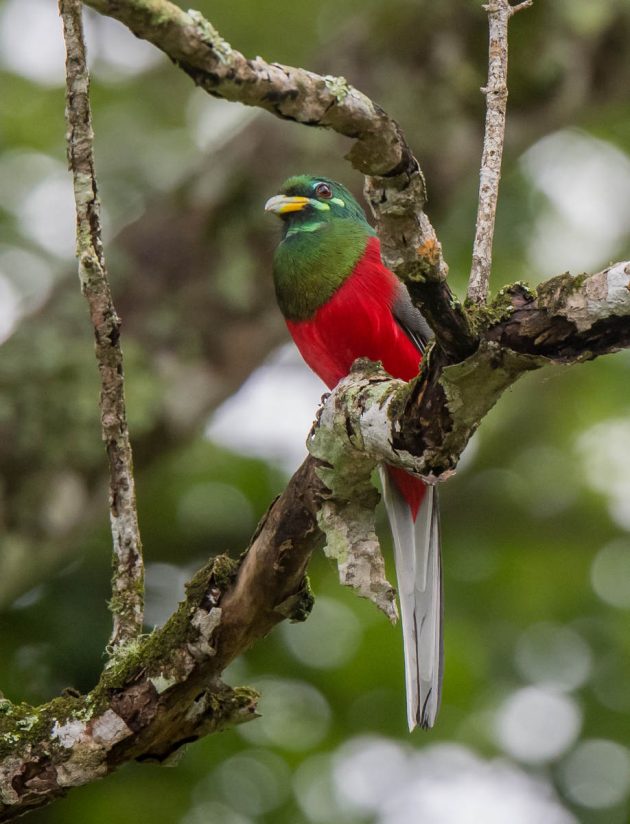
… and I think it deserves several photos.
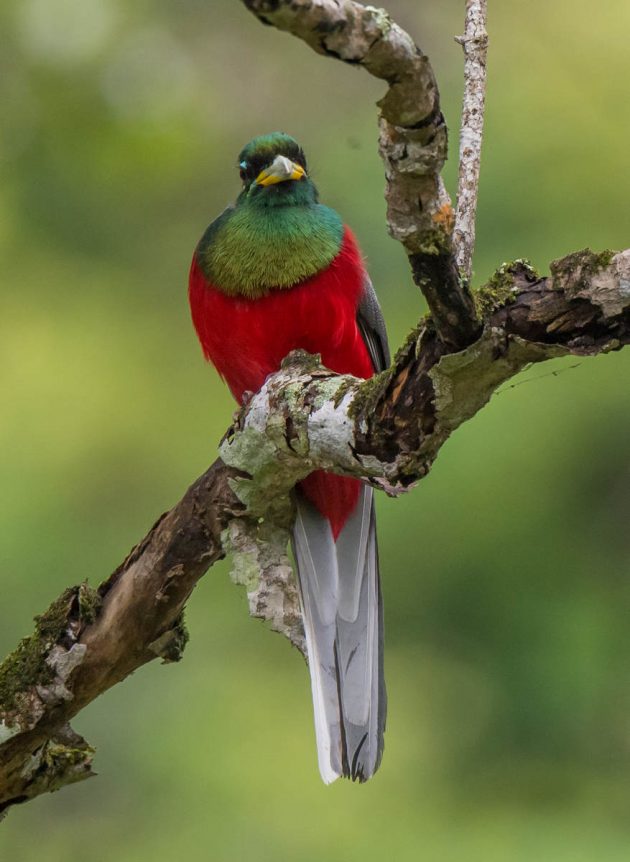
In fact, by default, it would have been the cover photo of this post …
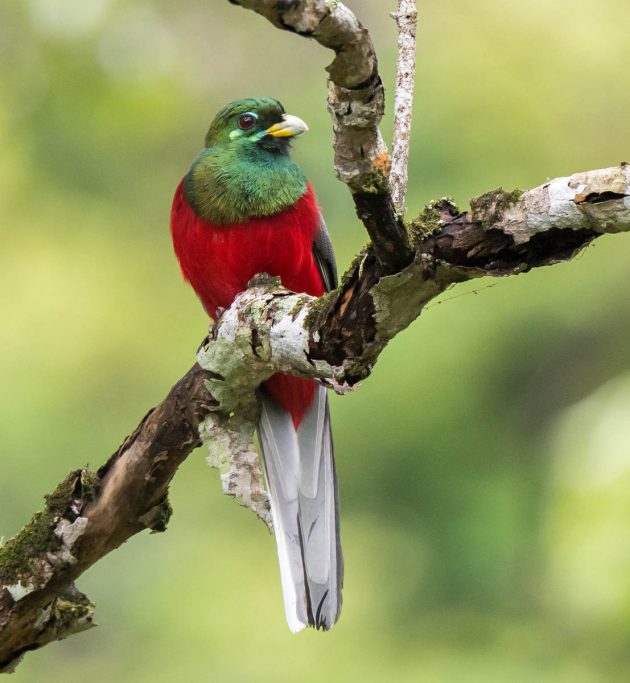
… were it not for the fact that the vertical format does not work well for that purpose.
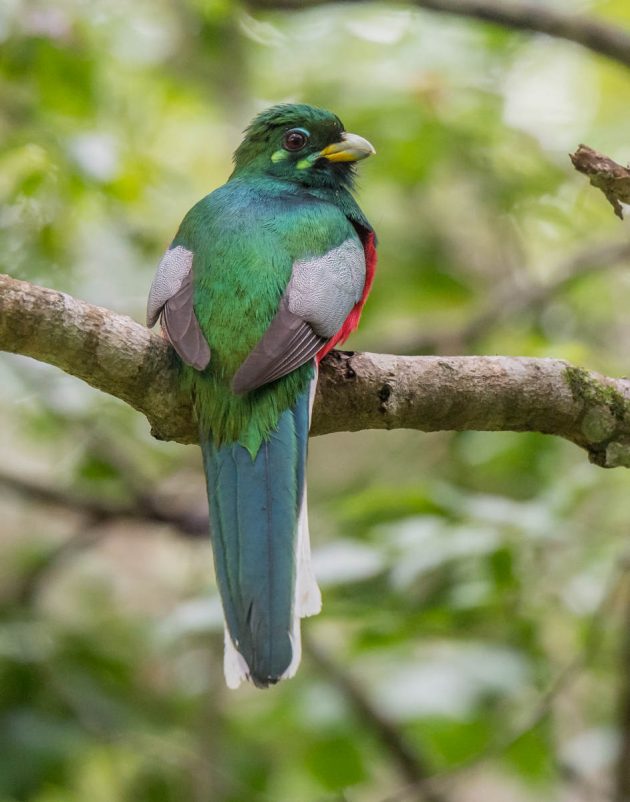
And I did not want to turn a photo sideways.
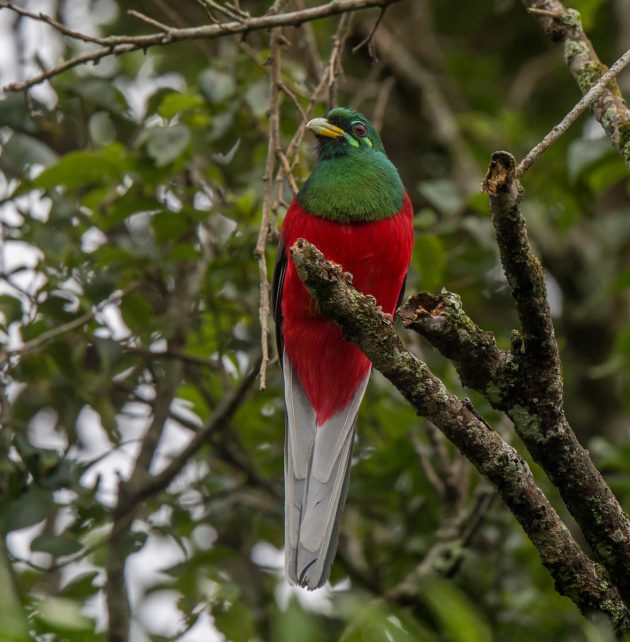
Generally, I think there should not be more than one hyphen in a single bird name. However, for beautiful birds such as the Red-capped Robin-Chat, some exceptions ought to be made.
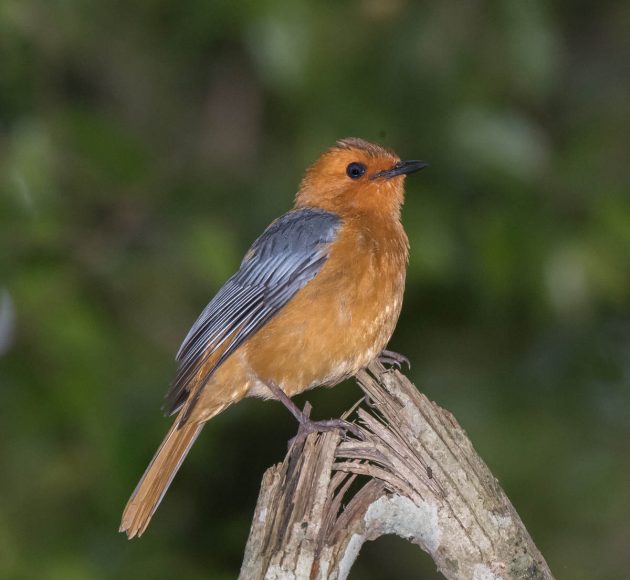
In the name of fairness, the same should then be true for the Orange-breasted Bush-Shrike.
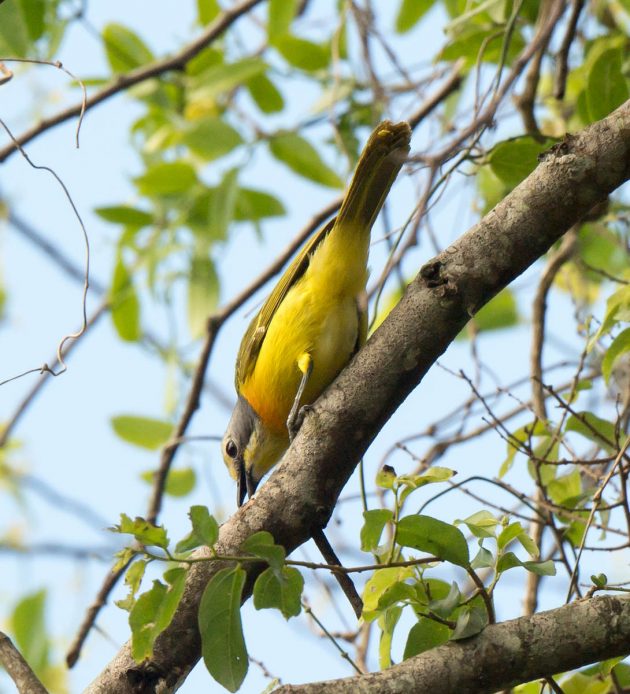
The Southern Banded Snake-Eagle is listed as Near Threatened as there is only an estimated global population of 1000–3000 individuals.
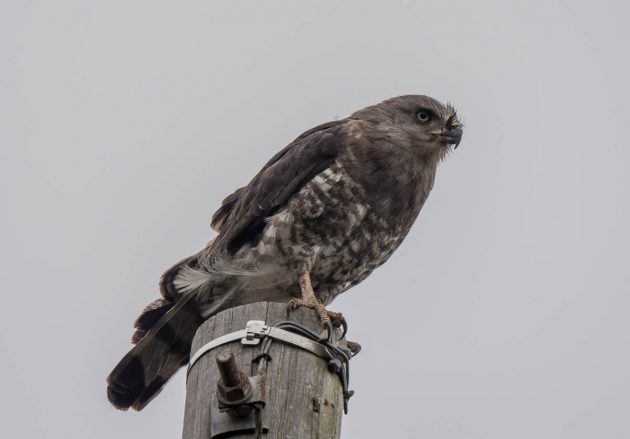
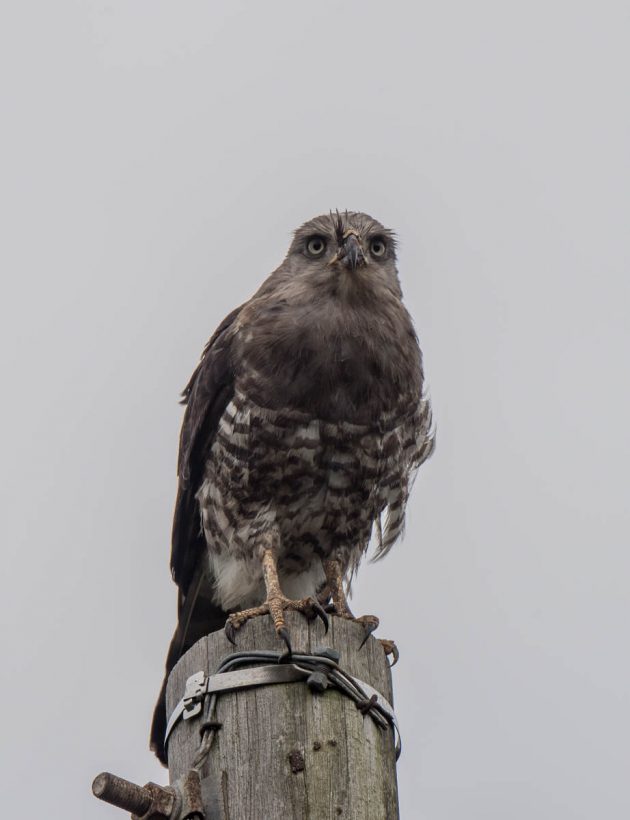
The HBW description of the Southern Grey-headed Sparrow, a sedentary African sparrow, barely avoids using the word palish but uses plenty of other -ish adjectives: “pale ash-grey, often with brownish tinge, underparts pale grey, becoming whitish on belly and vent”. Not a particular fan of that species, I guess.
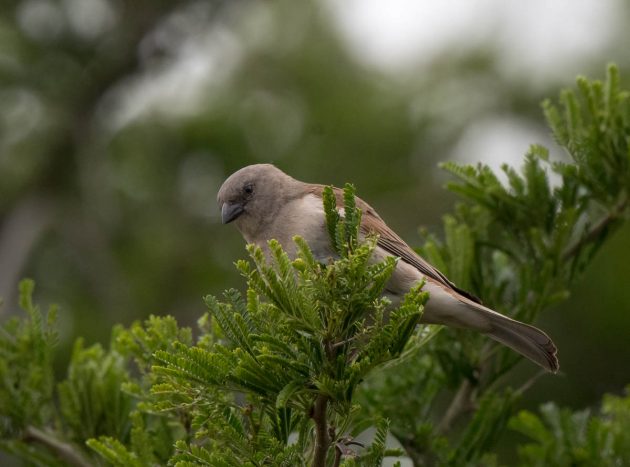
A few years ago, the Square-tailed Drongo was renamed to Common Square-tailed Drongo. Celebration everywhere.
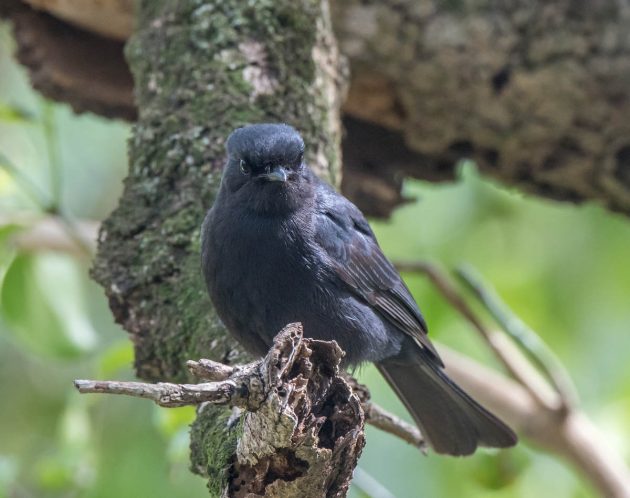
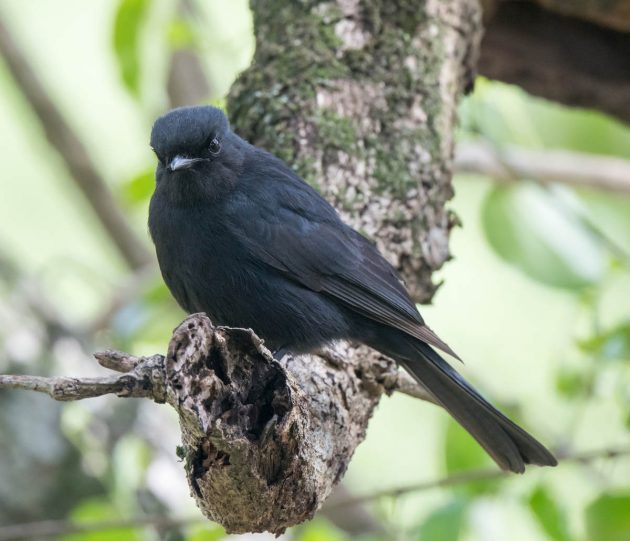
Among the congratulants: a Fork-tailed Drongo.
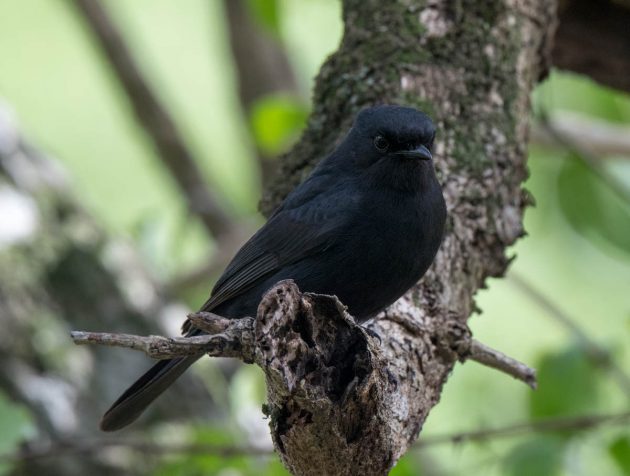
Due to a misunderstanding, this species is currently banned in Russia (Swift Tern).
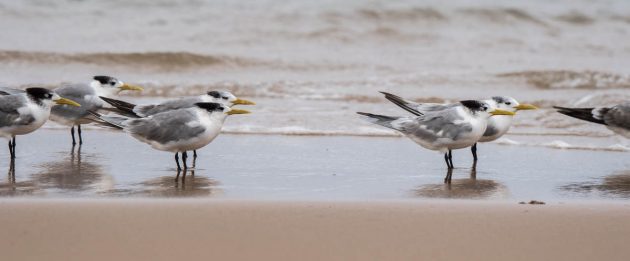
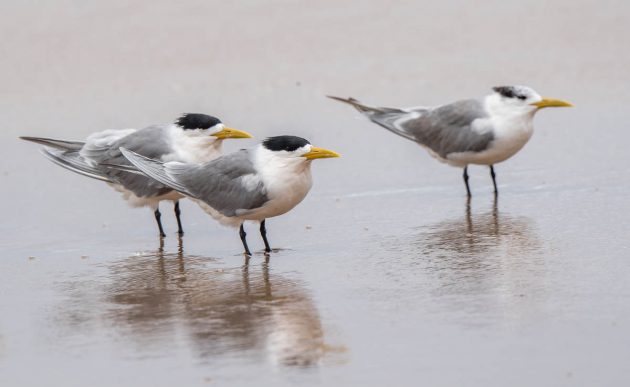
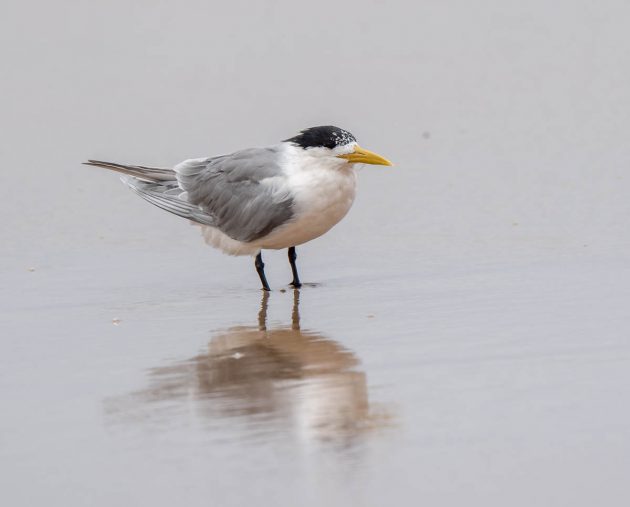
Poor Tawny-flanked Prinia. Any color definition with -ish in it is not a good sign. And the definition I found for “tawny” is a brownish, yellowish tan color. On the other hand, Plain Prinia was already taken. Maybe Tawny-flanked is even marginally nicer.
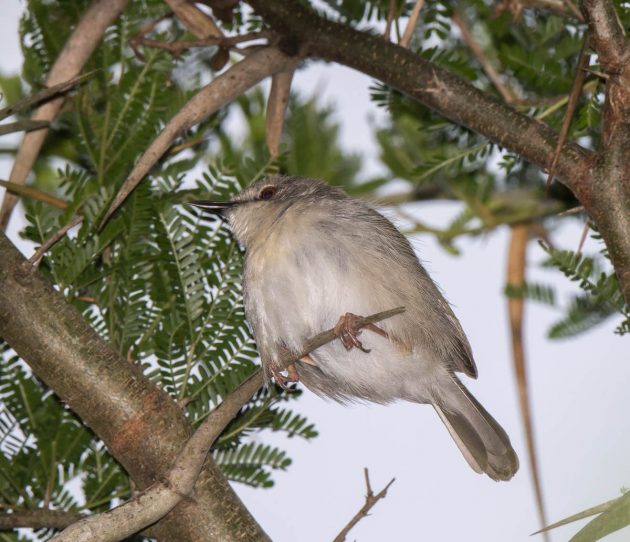
Most barbets tend to be fairly colorful, like this Black-collared Barbet – see here for illustrations of other bulbuls.
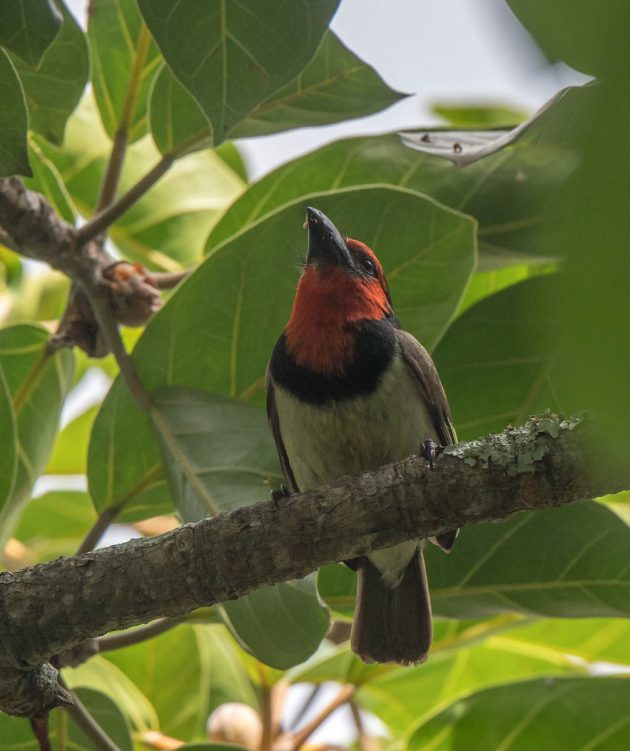
But not the White-eared Barbet.
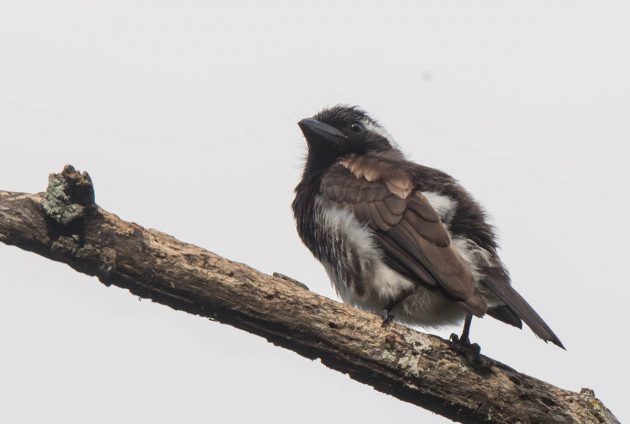
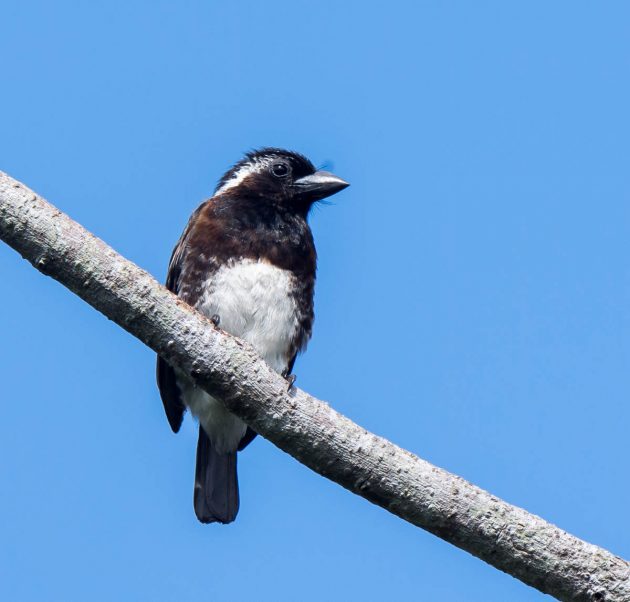
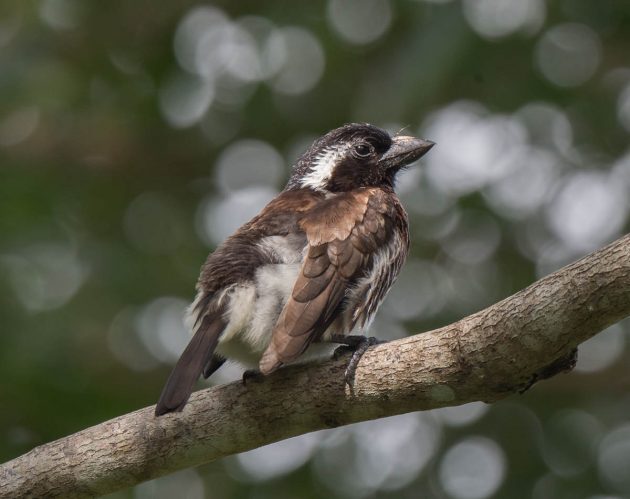
The Yellow-bellied Greenbul has some rather distinct-looking white eyelids that somehow were not considered distinct enough to make it into the name of the species.
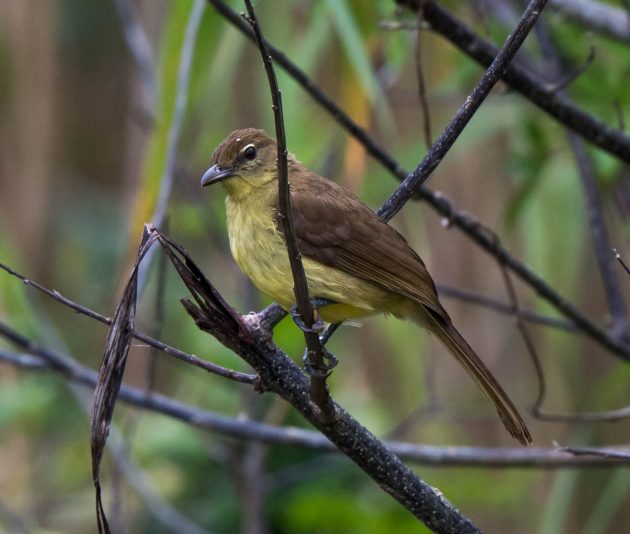
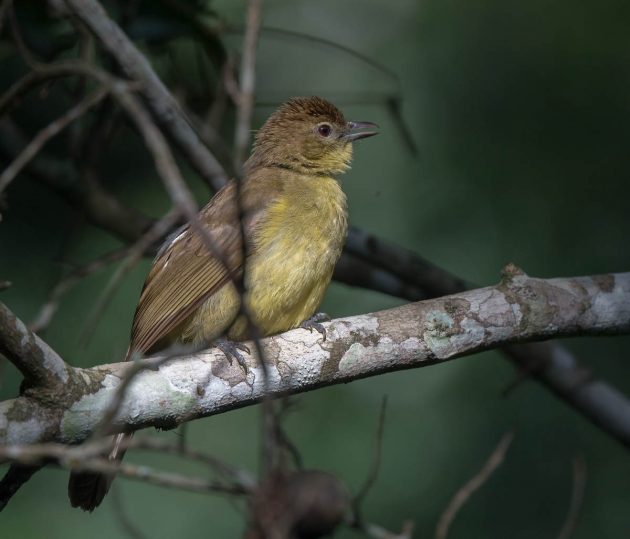
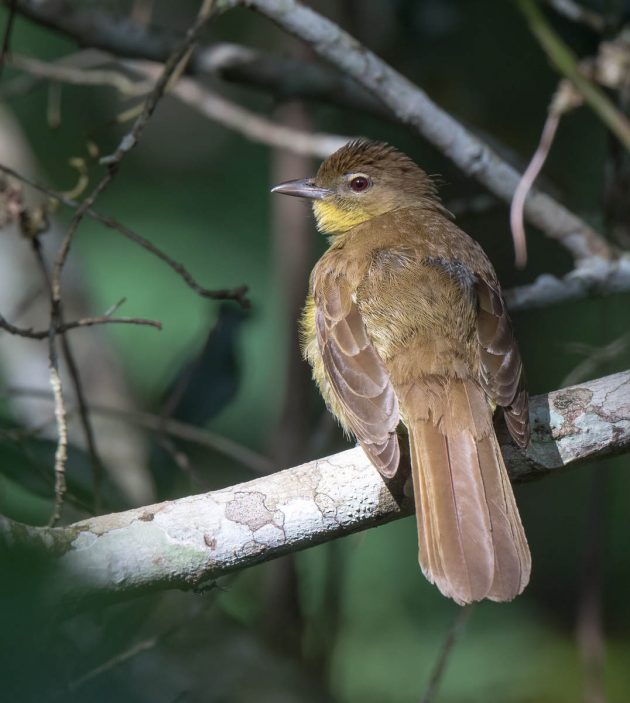
It shares St. Lucia with the Dark-capped Bulbul
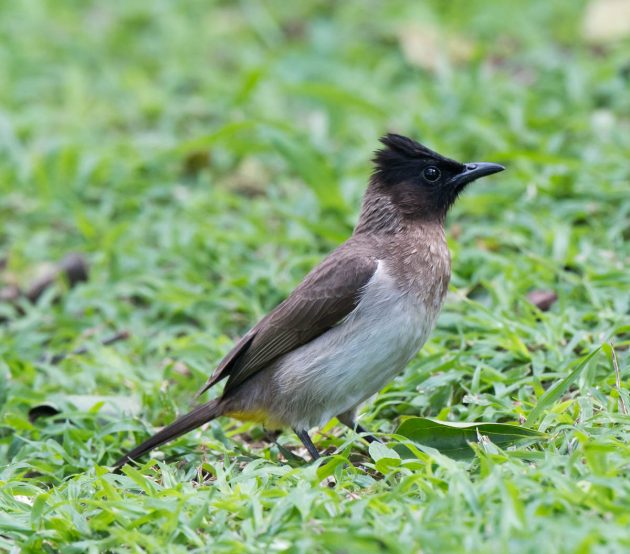
The Yellow-billed Kites in the estuary seem to spend a lot of time just looking down on the crocodiles and hippopotamuses.

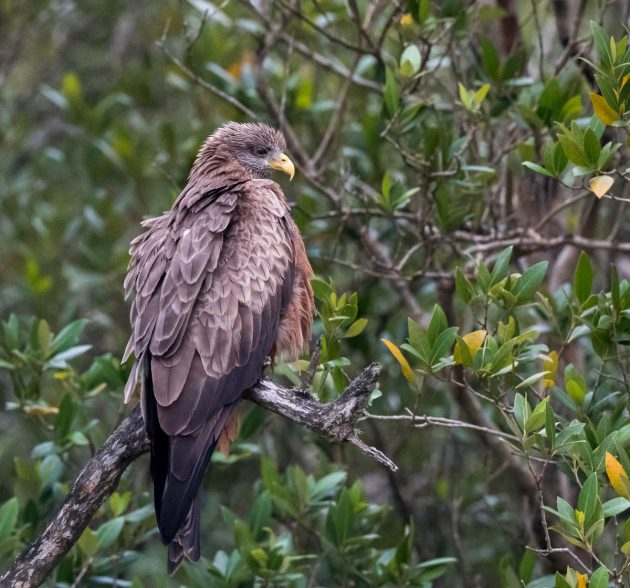
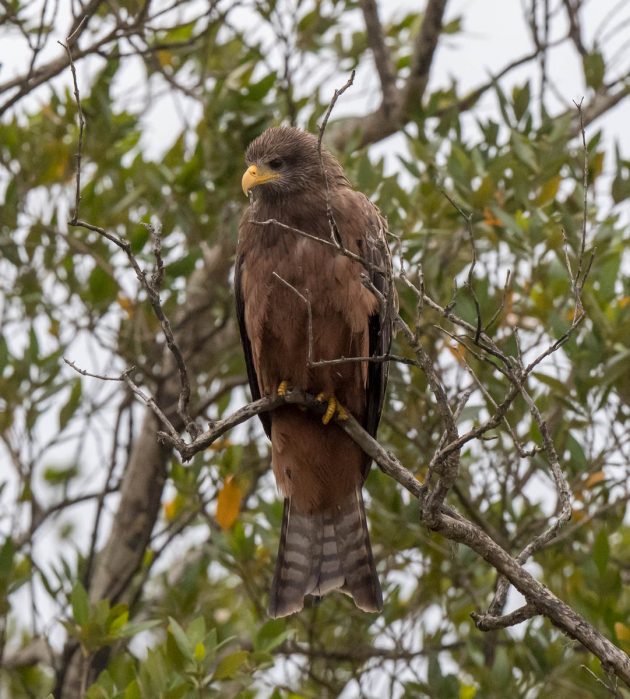
Finally, a loveless assortment of photos of various non-birds seen at St Lucia. Though I actually quite like zebras.
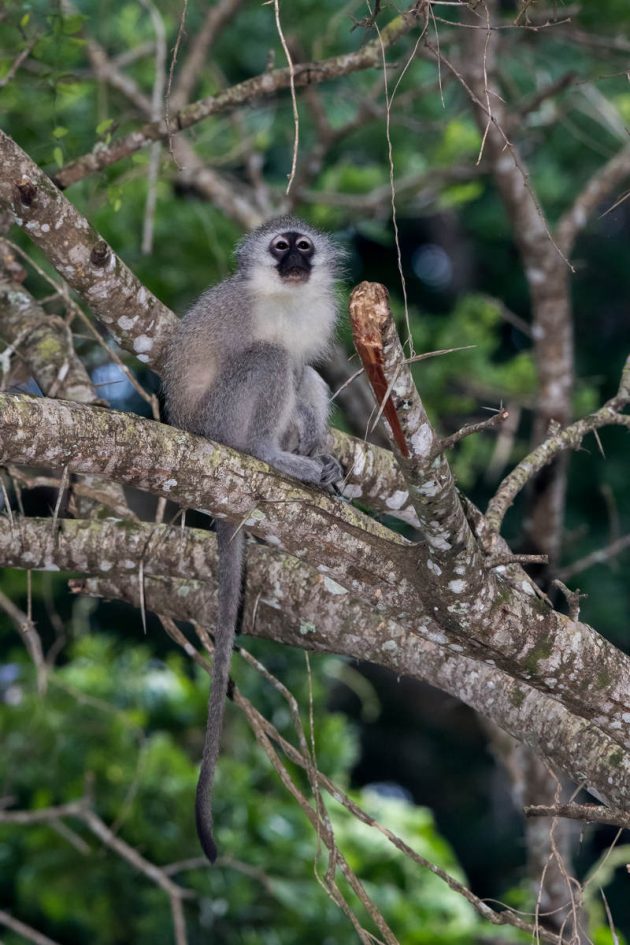
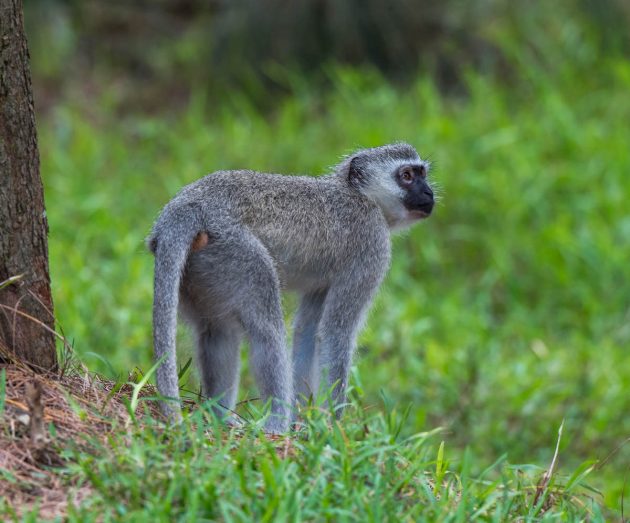
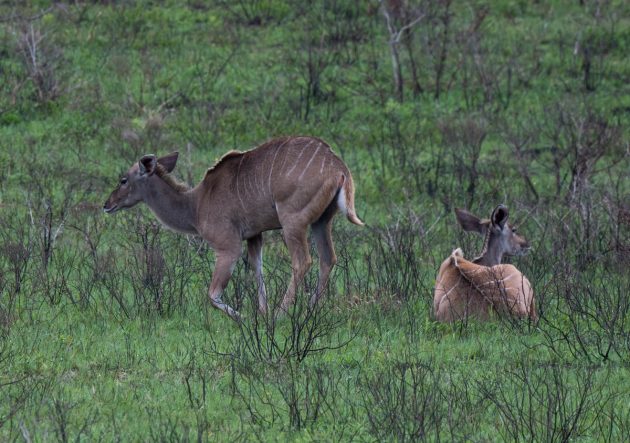
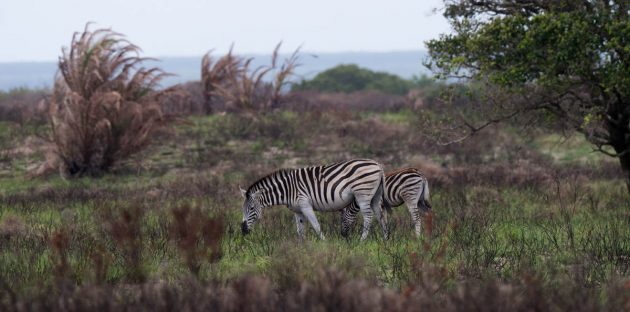
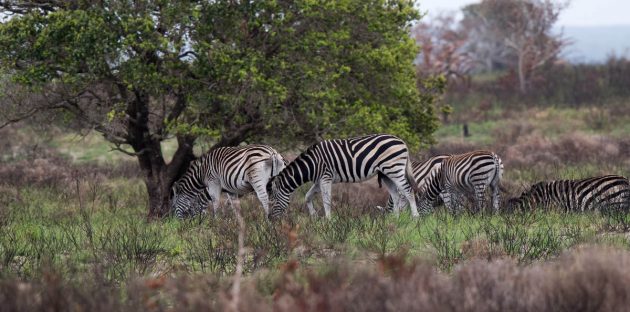
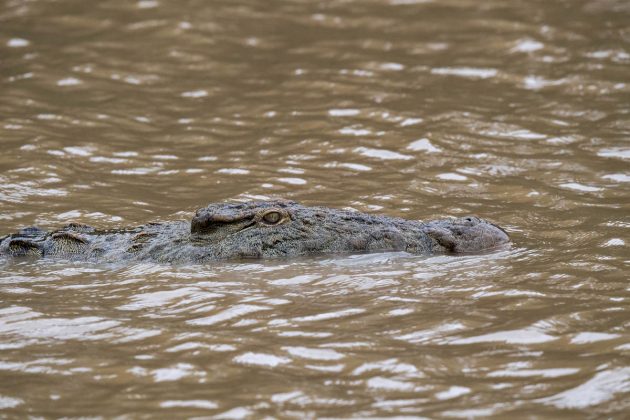
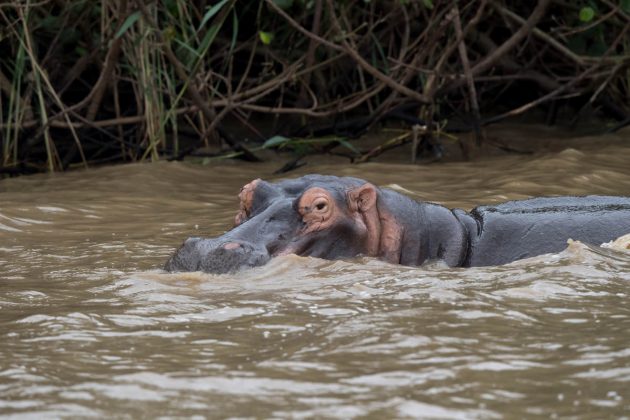
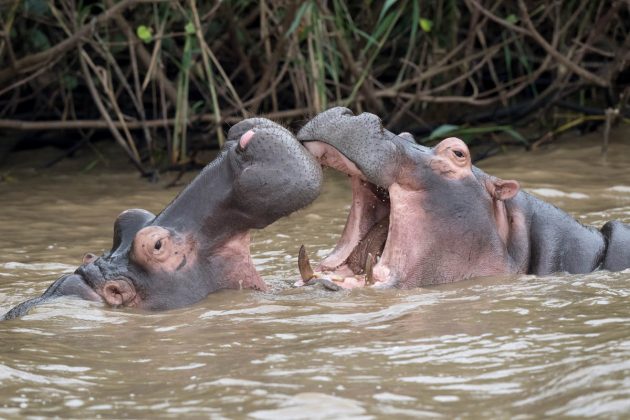
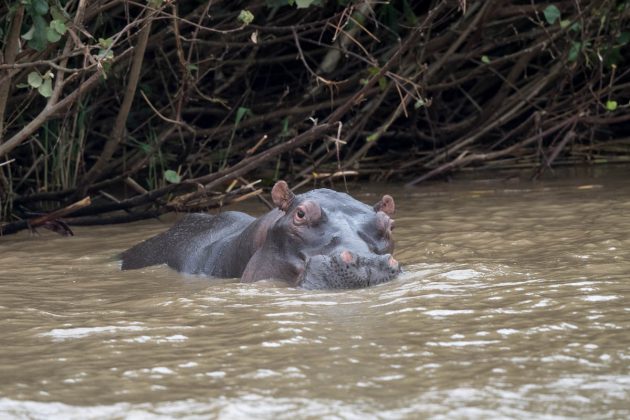











Clever commentary and great photos, as usual. Thanks, Kai.